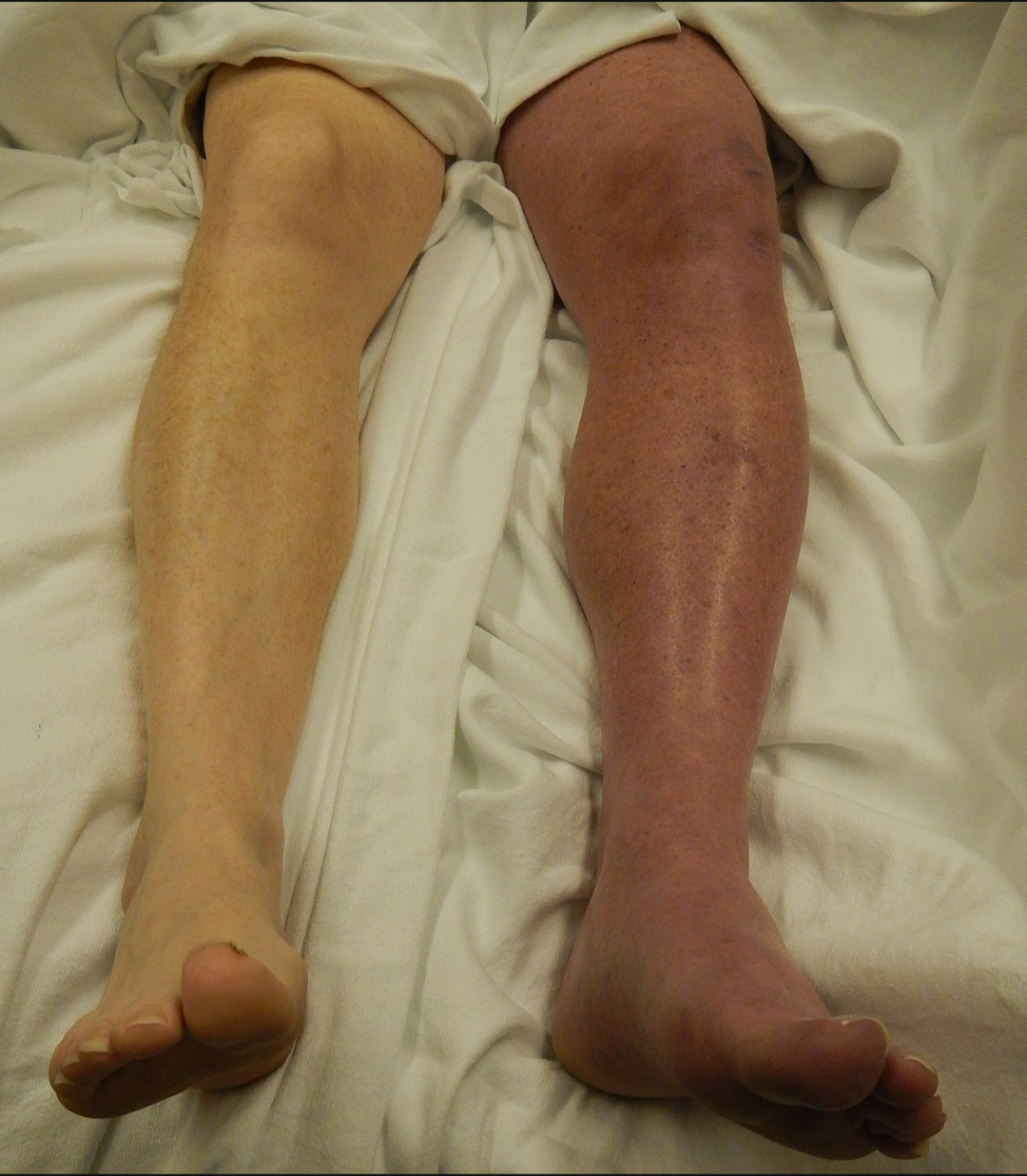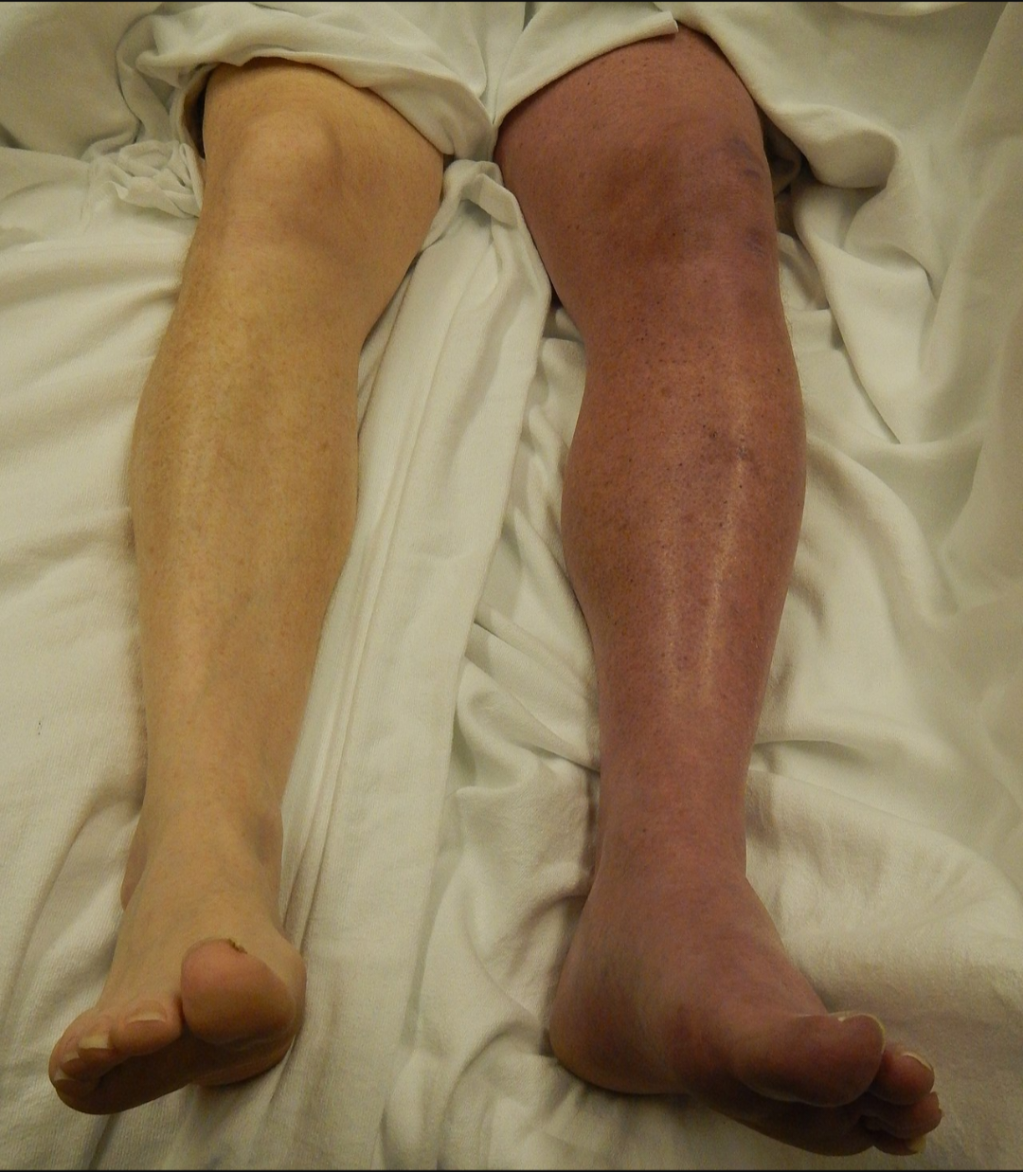What is Deep Vein Thrombosis (DVT)? Diagnosis treatment and prevention of DVT.
Let’s Understand Deep Vein Thrombosis Diagnosis Treatment of (DVT). DVT is a potentially life-threatening condition that occurs when a blood clot forms in the deep veins of the body, typically in the legs. It is a silent killer because it often goes unnoticed until it causes serious complications such as pulmonary embolism. Here we have discussed DVT, its risk factors, symptoms, diagnosis, and treatment options to help raise awareness and promote early detection.
What is Deep Vein Thrombosis?
Deep Vein Thrombosis refers to the formation of a blood clot in the deep veins of the body, most commonly occurring in the lower extremities. The clot can obstruct blood flow and cause swelling, pain, and potentially life-threatening complications. Understanding the underlying mechanisms, such as Virchow’s triad (hypercoagulability, endothelial injury, and stasis), can help identify individuals at risk.
Risk Factors for DVT:
Various factors can increase the likelihood of developing DVT. Some common risk factors include:
a) Prolonged immobility: Long periods of inactivity, such as during travel or bed rest after surgery, can contribute to blood stasis and increase the risk of clot formation.
b) Surgery and hospitalization: Certain surgical procedures, especially orthopedic and abdominal surgeries, can increase the risk of DVT due to trauma, altered blood flow, or immobilization.
c) Advanced age: The risk of DVT increases with age, as the veins and valves lose elasticity and become more prone to blood clot formation.
d) Obesity: Excess weight places additional strain on the veins, leading to reduced blood flow and increased risk of clotting.
e) Hormonal factors: Hormonal changes, such as those during pregnancy, oral contraceptive use, or hormone replacement therapy, can make blood more prone to clotting.
Symptoms of Deep Vein Thrombosis:
DVT can present with a range of symptoms, which may vary from person to person. Common signs and symptoms include:
a) Leg pain or tenderness, often starting in the calf.
b) Swelling and warmth in the affected leg.
c) Redness or discoloration of the skin.
d) Veins appearing more prominent or bulging.
It is important to note that some cases of DVT may be asymptomatic, making it essential to be aware of the risk factors and seek medical attention if there is a suspicion.

Diagnosing DVT:
Prompt and accurate diagnosis of DVT is crucial for effective management. Physicians employ several diagnostic methods, including:
a) Ultrasound imaging: This non-invasive imaging technique uses sound waves to visualize blood flow and identify the presence of a clot.
b) D-dimer blood test: Elevated levels of D-dimer, a protein fragment released during clot formation, can indicate the presence of DVT, but further testing is needed for confirmation.
c) Venography: In some cases, a contrast dye is injected into the veins, allowing for X-ray imaging to detect the clot.
Treatment Options:
Timely intervention can prevent DVT-related complications. The primary goals of treatment are to prevent the clot from growing, prevent embolization, and reduce the risk of recurrence. Treatment options may include:
a) Anticoagulant therapy: Medications such as heparin and warfarin are commonly prescribed to prevent further clot formation and facilitate natural clot dissolving.
b) Compression stockings: These special stockings apply pressure to the legs, promoting blood flow and reducing swelling.
c) Inferior vena cava filters: In rare cases where anticoagulants are contraindicated or ineffective, a filter may be inserted into the inferior vena cava to catch potential clots before they reach the lungs.
d) Thrombolytic therapy: In severe cases, where the clot is large or causing significant symptoms, clot-dissolving medications may be administered.
Preventing DVT:
Prevention is key in reducing the risk of DVT. Some preventive measures include:
a) Regular exercise: Engaging in physical activity helps improve blood flow and reduces the risk of blood clot formation.
b) Avoiding prolonged sitting or immobility: Taking breaks during long periods of sitting or standing, and regular movement during flights or car trips, can help prevent blood stasis.
c) Maintaining a healthy weight: Healthy weight management decreases the strain on veins and lowers the risk of developing DVT.
d) Staying hydrated: Sufficient hydration helps maintain adequate blood volume and prevents blood from thickening.
Referances: https://www.cdc.gov/globalhealth/healthprotection/ncd/cardiovascular-diseases.html

Leave a Reply